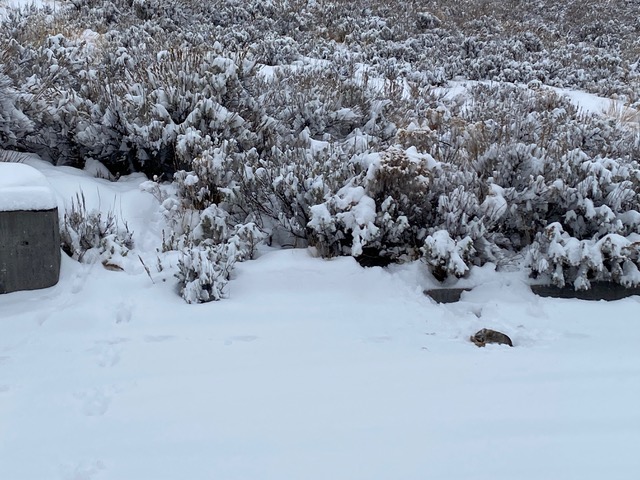BY HARRY WEEKES

Mostly, we see predators at a distance. A coyote loping across a field. A hawk circling in the sky. A snake slithering across the road. Usually alone or maybe in pairs, we are accustomed to predators on the periphery, perhaps skulking about.
Occasionally, we have an encounter with a carnivore that brings home at least two things—predators are different, and humans aren’t quite as predatory as we think. Humans are long removed from being obligate predators, tracking down, stalking, and killing what we eat. We carry a healthy omnivore outlook that we forget is heavily laced with the fear of being a link in the food chain rather than at one of its ends.
Predators see the world quite differently. In Tiger, John Vaillant relates the “anywhere but here principle,” highlighting that “all a prey animal needs to do is be anywhere the predator isn’t.” The predator on the other hand, must be exactly where its prey is, and at exactly the same moment, or it will starve. Thus, for a predator, mastery of both space and time—in addition to a thorough understanding of terrain and prey behavior—are crucial.”
In short, the mind of a predator oversees and directs very different behavior. This we learned first-hand in the middle of December when Penelope ran into the room and excitedly said, “Look at that!” drawing our attention to a long-tailed weasel running around our backyard. This one was in full ermine mode- having changed from its tawny fall colors to almost completely white, except for its black eyes and black-tipped tail.
Penelope’s “Is it dangerous?” was about our two mini-Dachshunds being outside as well as the four puppies we were fostering. When she went to let the dogs in the other side of the house, the weasel was already there and surprised everyone when he ran into the house instead of the dogs.
We have had our fair share of mice, voles, chipmunks, and what is affectionately known as “food” come into the house, which invariably results in a fast-paced game of “catch the critter.”
Predators are different.
This weasel searched. He was looking for something. Actively sniffing around the house and looking at me and my huge fireplace gloves with mild but passing interest. He kept walking out toward me, his coal-black eyes alert and intent, shifting as rapidly to me as away from me.
We got the door open behind him and managed to direct him that way. In leaving, he walked, then bounded, always turning his head from side to side. Onto something, he ran toward the garage.
When Penelope went to the front of the house to call the dogs, she turned to me and asked, “Do rabbits scream?” And what began five minutes before, ended, in one part, when the rabbit did not manage to be anywhere but here.
The weasel now had the problem of getting the rabbit out of 8 inches of fresh snow into the sagebrush, which happened with a helping hand from me as I moved the rabbit into the brush because the snowplow was driving up the road. When I looked for the rabbit several minutes later, it was gone.
To put this in perspective, this 6-ounce weasel dispatched a two-and-a-half-pound rabbit (at least) and then dragged it to its secret place. This is the equivalent of me tracking down and killing a wild yak before dragging it back to my house. Obviously, with a wild yak, that would be a long drag.
Each organism sees the world in different ways. It seems increasingly rare that we appreciate this or get a glimpse into that other world. Behind two charcoal eyes and a sleek white coat, my family experiences just a sliver of “Predator Mind,” thanks to a weasel.
Harry Weekes is the founder and head of school at The Sage School in Hailey. This is his 53rd year in the Wood River Valley, where he lives with Hilary and two mini-Dachshunds. The baby members of their flock have now become adults—Georgia and Simon are fledging in North Carolina, and Penelope is fledging in Vermont.



